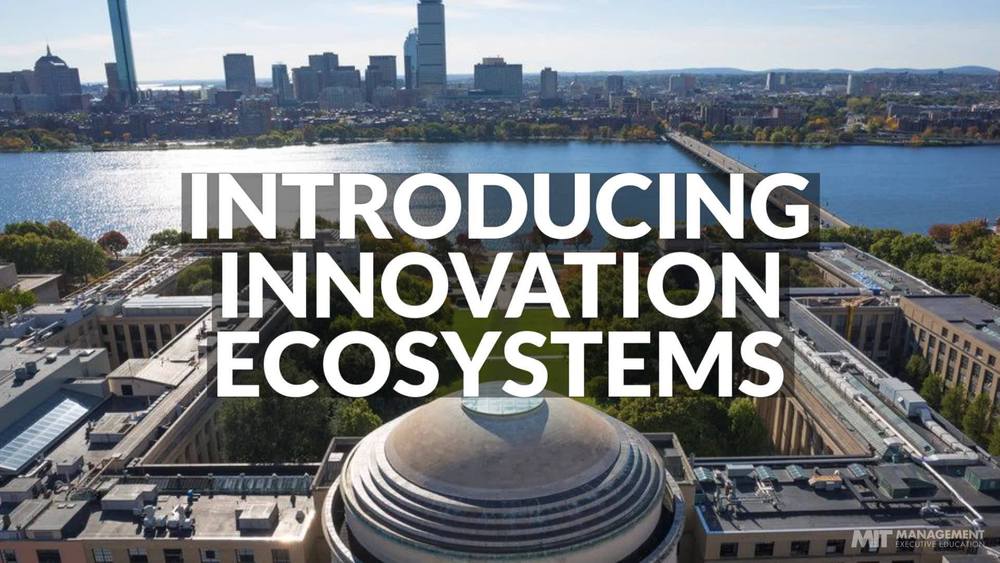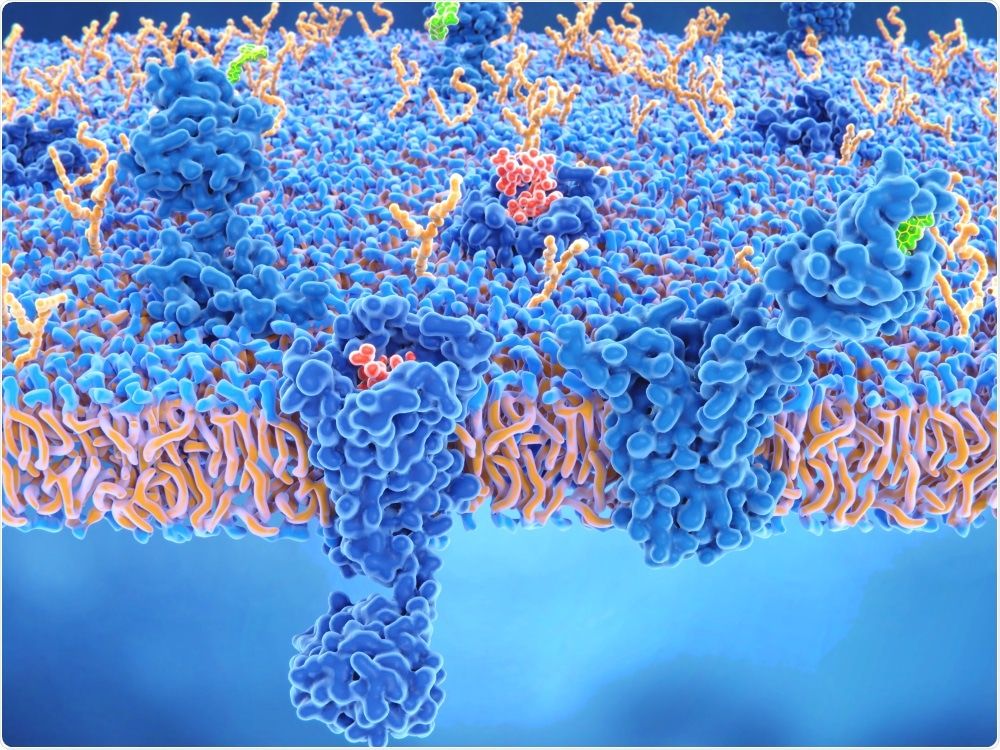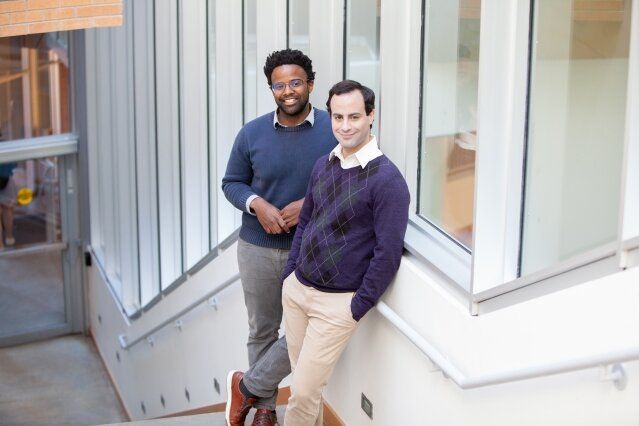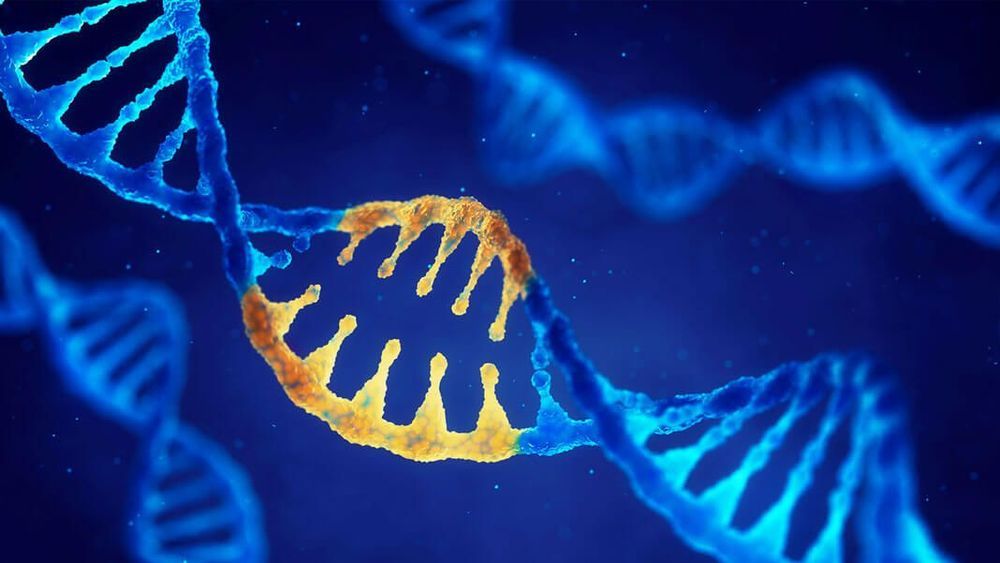Page 8871
May 7, 2019
The endocannabinoid system and skin conditions
Posted by Xavier Rosseel in category: biotech/medical
Although most of the research on the endocannabinoid system focuses on its involvement in the CNS and immune systems, a significant amount of research over the past 20 years has demonstrated that this system also plays a role in maintaining several important functions of the skin. This article will examine the functions of the endocannabinoid system on the skin and its involvement in several skin conditions.
May 7, 2019
High-speed experiments improve hypersonic flight predictions
Posted by Quinn Sena in category: transportation
When traveling at five times the speed of sound or faster, the tiniest bit of turbulence is more than a bump in the road, said the Sandia National Laboratories aerospace engineer who for the first time characterized the vibrational effect of the pressure field beneath one of these tiny hypersonic turbulent spots.
“The problem is that these patches of turbulence are really fast and really small,” said researcher Katya Casper. “There are thousands of turbulent spots every second in hypersonic flow, and we need really fast techniques to study their behavior.”
The pressure field is key to understanding how intermittent turbulent spots shake an aircraft flying at Mach 5 or greater, Casper said. Hypersonic vehicles are subjected to high levels of fluctuating pressures and must be engineered to withstand the resulting vibrations.
Continue reading “High-speed experiments improve hypersonic flight predictions” »
May 7, 2019
Google Backs Plan to Use CRISPR to Cure Heart Disease
Posted by Quinn Sena in category: biotech/medical
May 7, 2019
New discovery could alleviate salty soil symptoms in food crops
Posted by Quinn Sena in categories: biological, food
New research published in Nature Scientific Reports (opens in new window) has found that a hormone produced by plants under stress can be applied to crops to alleviate the damage caused by salty soils. The team of researchers from Western Sydney University and the University of Queensland identified a naturally-occurring chemical in plants that reduces the symptoms of salt stress in plants when applied to soil, enabling the test plants to increase their growth by up to 32 times compared with untreated plants.
Salinity is a huge issue across the world, affecting more than 220 million hectares of the world’s irrigated farming and food-producing land. Salinity occurs when salty irrigation water is repeatedly applied to crops, leading to progressively increasing levels of salt in the soil which reduces crop yields, increases susceptibility to drought and damages soil microbiology. Scientists have long tried to find ways to breed salt-tolerance or develop methods that remove salt, and this new research is promising in its potential ability to reduce the damage in crop plants that results from salt.
“We identified a compound called ACC that occurs naturally in plants when they become stressed by drought, heat or salty conditions,” said Dr. Hongwei Liu, Postdoctoral Fellow in Soil Biology and Genomics at the Hawkesbury Institute for the Environment at Western Sydney University.
Continue reading “New discovery could alleviate salty soil symptoms in food crops” »
May 7, 2019
Detailed brain map uncovers hidden immune cells that may be involved in neurodegenerative disorders
Posted by Quinn Sena in categories: biotech/medical, neuroscience
Brains contain a variety of immune cells that play an important role for brain function. A team led by Prof. Kiavash Movahedi (VIB Center for Inflammation Research at VUB) has developed a comprehensive cell atlas of the brain’s immune compartment. This revealed not only the striking diversity of brain macrophages, but also uncovered microglia where they were not expected. Remarkably, these previously unknown microglia showed a clear resemblance to microglia that are normally associated with neurodegenerative disorders such as Alzheimer’s disease. The new insights are important for understanding the role of macrophages in healthy brain physiology and for developing future treatments for neurodegenerative diseases.
Macrophages in the brain were first discovered 100 years ago by the Spanish scientist P\xEDo del R\xEDo-Hortega. Most brain macrophages are known as microglia. These cells are in close contact with neurons and are critical for the proper development and functioning of the brain. But beyond the microglia, brains house several other types of macrophages, many of which are relatively unknown.
Prof. Kiavash Movahedi (VIB Center for Inflammation Research, VUB), said, “While microglia are fairly well studied, other brain macrophages have remained quite enigmatic. We wanted to obtain a better understanding of these cells, as we believe they could be critical for regulating brain inflammation and immunity.”
May 7, 2019
Intellia Fixed 95–98% T-Cells Inside the Body Using CRISPR Gene Therapy
Posted by Quinn Sena in categories: biotech/medical, futurism
Intellia and its research collaborator, IRCCS Ospedale San Raffaele presented new in vitro data showing that CRISPR/Cas9 editing resulted in over 98% knockout of the endogenous T cell receptor (TCR), while achieving transfer of various Wilms’ Tumor 1 (WT1)-specific TCRs into over 95% of isolated T cells.
Intellia Therapeutics is a leading genome editing company focused on developing curative therapeutics using the CRISPR/Cas9 system. Intellia believes the CRISPR/Cas9 technology has the potential to transform medicine by permanently editing disease-associated genes in the human body with a single treatment course, and through improved cell therapies that can treat cancer and immunological diseases, or can replace patients’ diseased cells.
SOURCES- Intellia Written By Brian Wang. Nextbigfuture.com
Continue reading “Intellia Fixed 95-98% T-Cells Inside the Body Using CRISPR Gene Therapy” »
These days, nearly all the artificial intelligence-based products in our lives rely on “deep neural networks” that automatically learn to process labeled data.
For most organizations and individuals, though, deep learning is tough to break into. To learn well, neural networks normally have to be quite large and need massive datasets. This training process usually requires multiple days of training and expensive graphics processing units (GPUs)—and sometimes even custom-designed hardware.
But what if they don’t actually have to be all that big, after all?
May 7, 2019
CRISPR Used in Human Trials for the First Time in the US
Posted by Quinn Sena in categories: bioengineering, biotech/medical
Here, doctors extract a patient’s own T cells, a type of white blood cell that normally acts as the body’s watcher against cancer and infection. Cancer cells eventually learn to evade T cells or disarm the troops—while turning their own surrounding normal cells into cancerous ones, thus expanding their tumor legion.
CAR-T uses gene therapy to recharge those beaten-down T cells. The UPenn study, for example, relies on a neutered HIV-like virus to deliver an artificial “tracker” protein into those cells. These designer trackers expertly hunt down a protein dubbed NY-ESO-1, which dot certain cancer cells’ surface like a homing beacon.
CRISPR amplifies the CAR-T effect: the team is using the gene editing tool to erase three different “brakes” in T cells. Killing off the first two, TCR α and TCR β, keeps the edited cells in check to prevent friendly autoimmune fire, and allows the added “tracker proteins” to thrive in large numbers. Wiping out the third, PD-1, prevents a phenomenon called T cell exhaustion. It’s aptly named: here, tumor cells secrete molecules that literally shut down T cell activity, zapping away their killing power.
Continue reading “CRISPR Used in Human Trials for the First Time in the US” »
May 7, 2019
See Tesla’s Enhanced Summon Pick up a Driver in a Parking Lot
Posted by Quinn Sena in categories: robotics/AI, transportation

After its release, Tesla owners could instruct their vehicles to autonomously pull in or out of a parking space or garage with the push of a button. They just couldn’t expect the car to make any turns.
In late 2018, Musk began teasing a major update to Summon, which Tesla began rolling out in March — and a newly released video of Enhanced Summon in action shows just how far autonomous tech has come in three years.
Continue reading “See Tesla’s Enhanced Summon Pick up a Driver in a Parking Lot” »

















